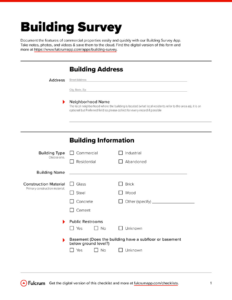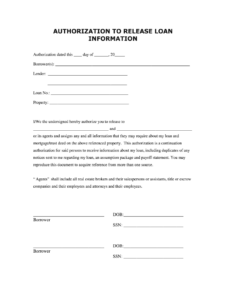When building a digital product, it’s important to have a clear understanding of the requirements. This is where a user story requirements template can come in handy. A user story requirements template is a tool that can help you capture and organize the requirements for your product, from the user’s perspective. By using a template, you can ensure that your requirements are complete, consistent, and easy to understand.
There are many different user story requirements templates available, so it’s important to choose one that meets your needs. Some templates are more structured than others, and some include additional features, such as the ability to prioritize requirements or track progress.
What to Include in a User Story Requirements Template
The specific content of a user story requirements template will vary depending on the template you choose. However, there are some key elements that should be included in any template:
The user story: This is a brief description of the functionality that the user wants from the product. It should be written in plain language, from the user’s perspective. For example, “As a user, I want to be able to search for products by name.”
The acceptance criteria: These are the specific conditions that must be met in order for the user story to be considered complete. For example, “The search results should include all products that match the search term, and should be sorted by relevance.”
The priority: This indicates how important the user story is. High-priority user stories should be completed first.
The status: This indicates the current status of the user story. For example, “In progress” or “Complete.”
Benefits of Using a User Story Requirements Template
There are many benefits to using a user story requirements template. These benefits include:
Improved communication: A user story requirements template can help to improve communication between stakeholders. By using a common template, everyone involved in the project can have a clear understanding of the requirements.
Increased efficiency: A user story requirements template can help to increase efficiency by streamlining the requirements gathering process. By using a template, you can avoid wasting time on unnecessary details.
Reduced risk: A user story requirements template can help to reduce risk by ensuring that the requirements are complete and consistent. By using a template, you can avoid the risk of missing important requirements.
Conclusion
A user story requirements template is a valuable tool that can help you to gather, organize, and manage the requirements for your digital product. By using a template, you can improve communication, increase efficiency, and reduce risk.
There are many different user story requirements templates available, so it’s important to choose one that meets your needs. Once you have chosen a template, be sure to use it consistently throughout the project. This will help to ensure that your requirements are complete, consistent, and easy to understand.


